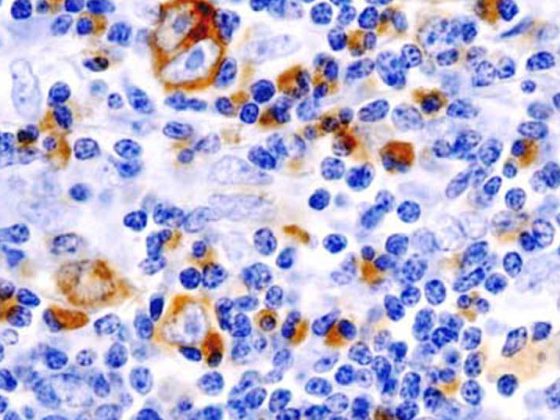Technical support is becoming increasingly important in diagnostics and therapy. Opportunities are also advancing in cardiology. Mathematical image processing can now be used to create a digital twin of the human heart. This opens up new possibilities in clinical diagnostics.
Cardiovascular disease remains one of the leading causes of death in Europe – advances in therapeutic interventions or not. The success of treatment always depends on the individual clinical picture. For example, a pacemaker to mechanically resynchronize the heartbeat is unsuccessful in 30% of affected individuals. The aim of a computer model is to detect these unnecessary interventions in advance. Gernot Plank, a researcher at the Institute of Biophysics at the Medical University of Graz, developed this together with mathematicians Gundolf Haase and Kristian Bredies from the University of Graz and computer scientist Thomas Pock from the Institute of Machine Vision and Display at TU Graz. Imaging algorithms build a digital image of the patient’s heart from diagnostic data from MR, ECG, and other cardiac exams of the person being treated. This customized model provides a wealth of information that helps to understand the individual clinical picture and to run through different therapeutic scenarios. The developed method is so sophisticated and automated that anatomically correct digital twins of patient hearts can already be routinely produced in a clinical setting. In a next step, the researchers would like to further improve the technology and enable fully automated adaptation of all functional aspects of the heartbeat. One very promising approach is based on the latest AI methods for optimal control and focuses on wave propagation in the heart, which is controlled by the alignment of cardiac muscle fibers. The consortium, in collaboration with the Cardiocentro Ticinio (Center for Computer-Assisted Cardiology, Lugano), would like to pursue this approach in a new research project and attempt to use machine learning techniques to incorporate the “control elements” into the model in such a way that the simulated heartbeat comes as close as possible to the real heartbeat. Initial clinical validation studies are in preparation. Plank and Pock expect that clinically deployable prototypes of a fully automated digital twin heart can be tested as early as 2022. The simulation technology on which the method is based is already being marketed by the Graz-based startup NumeriCor as well as being used by leading medical technology companies in the R&D sector.
Source: “Cardiovascular Diseases: New computer model improves therapy”, 22.02.2021, TU Graz
CARDIOVASC 2021; 20(1): 36











